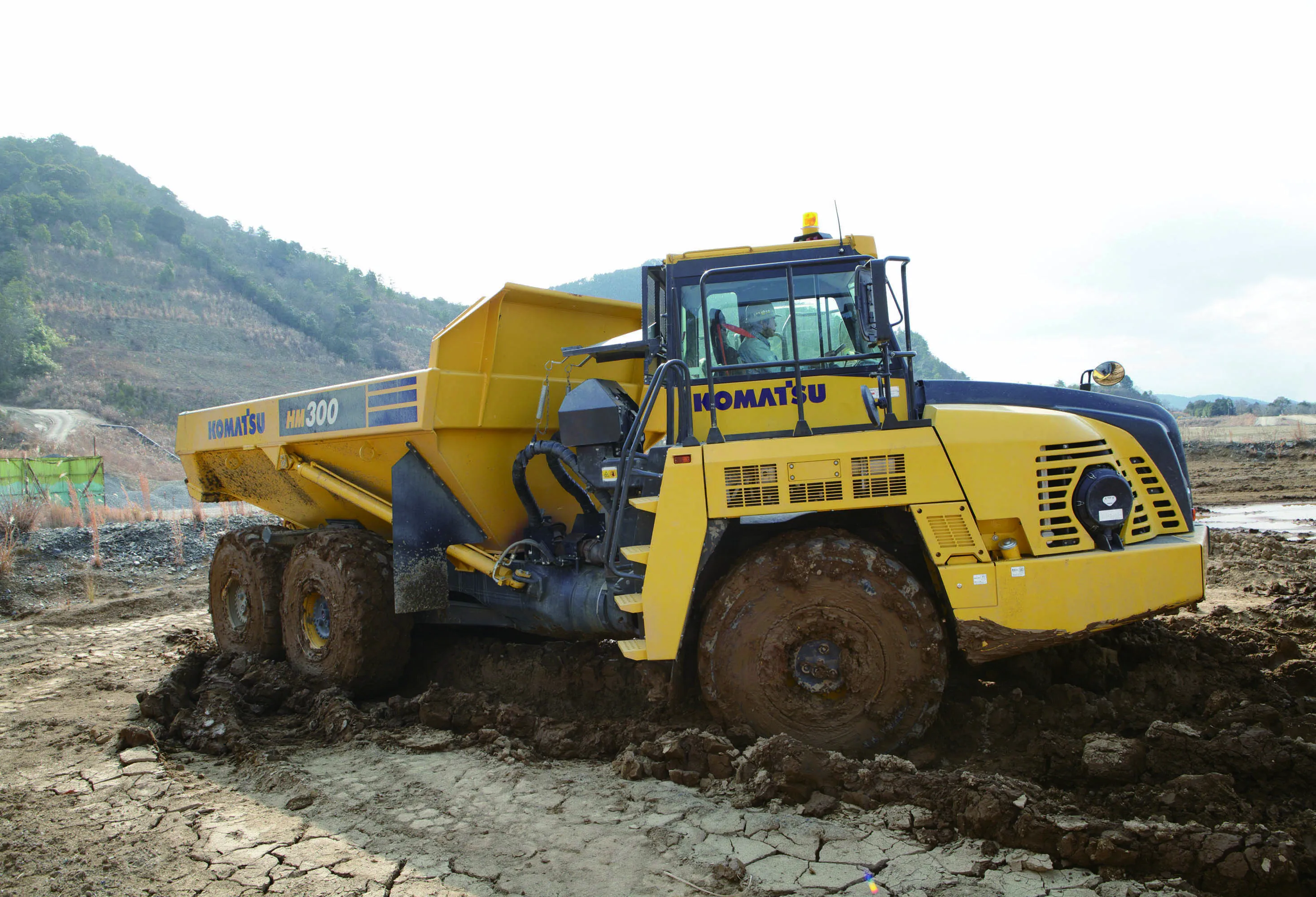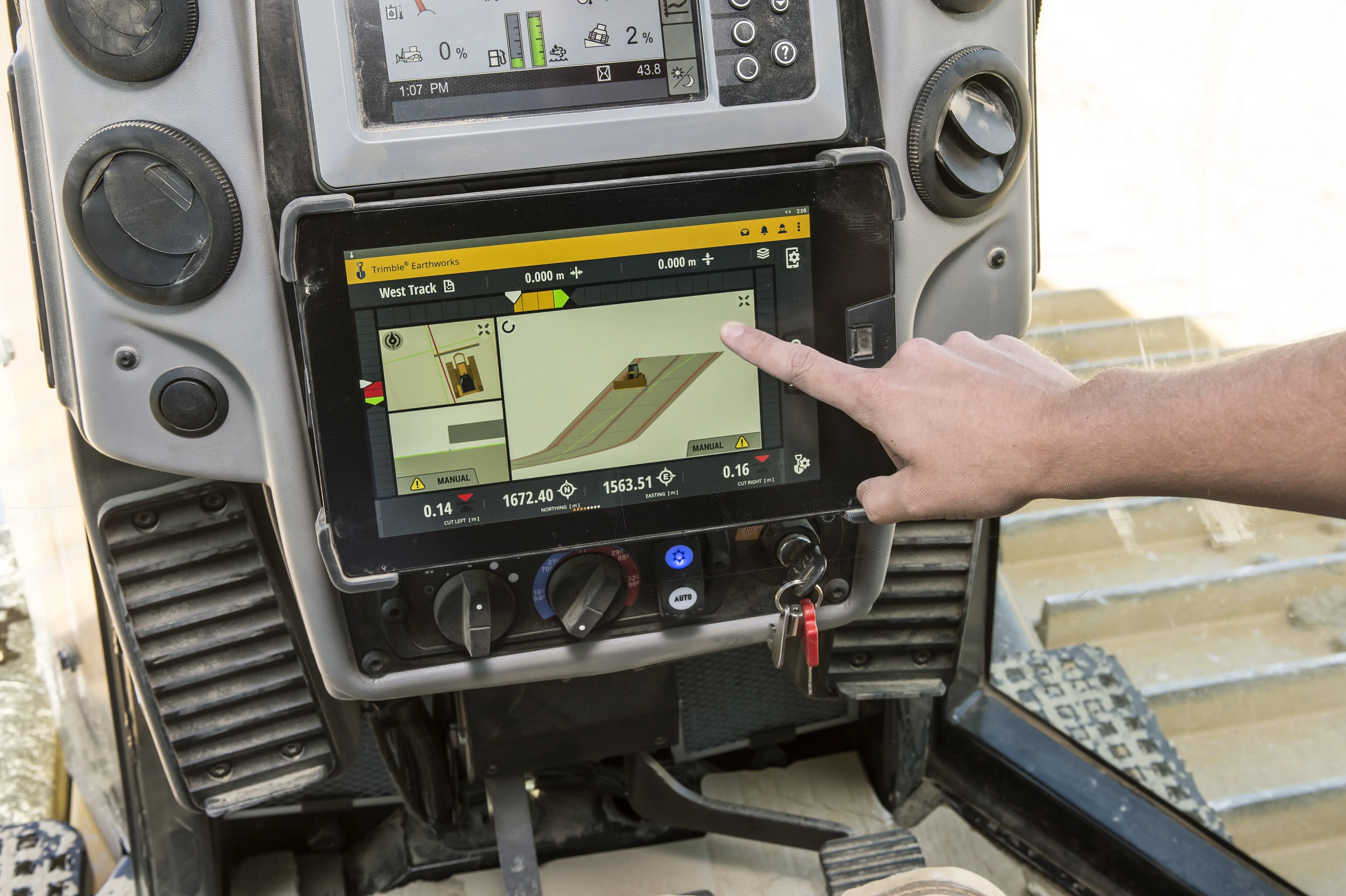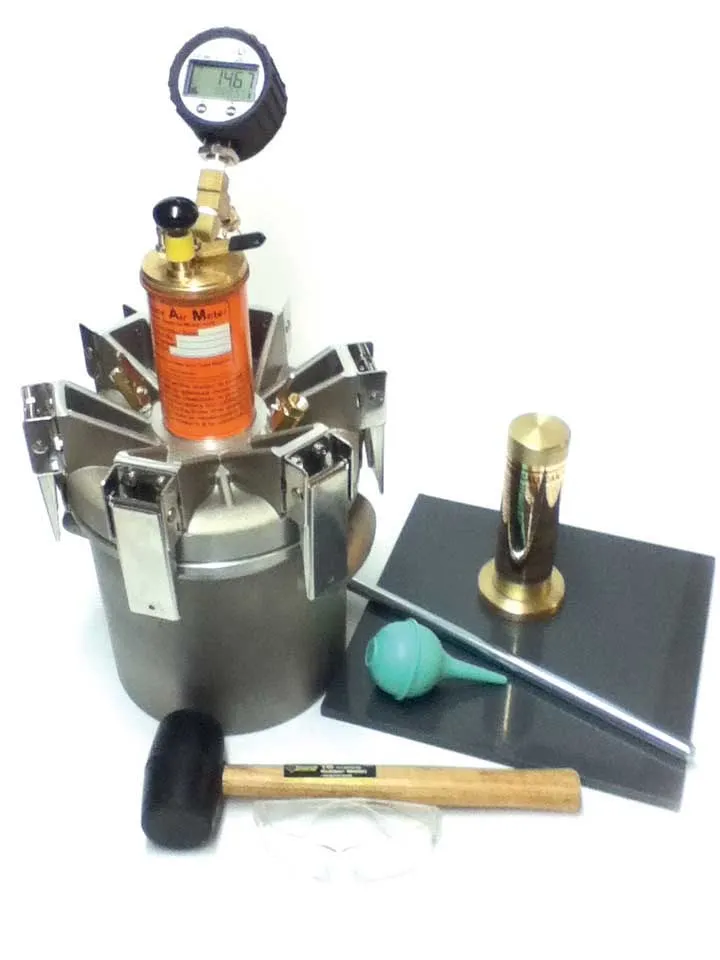The latest unit is the upgraded GKD 2RCi rated capacity load indicator, which is designed to be retrofitted onto hydraulic excavators. The indicator is said to boost safety during lifting operations. All lifting equipment and excavators have a specified safe working load, stated by the manufacturer, to safeguard both the operator and the machine. The system can be fitted to single or two-piece boom machines and is designed to satisfy regulations regarding the use of excavators as a crane.
The 2RCi is versatile and in its basic form is a simple load indicator but can be configured to incorporate height and slew monitoring. The 2RCi is also available with intelligent motion cut facilities to control the safe movement of height, slew and or load. The unit has been developed in response to changing requirements, especially for highway construction. This latest version offers the option of a virtual wall function that can be programmed to the safe parameters of the machine’s required working area, working in conjunction with the slew and height control.
The firm says that this prevents the excavator's boom operating outside its safe zone. The function increases the usability of the machine and allows for optimisation of the working area. Should the machine approach its preset limit an external audible alarm will warn the operator. The optional intelligent motion-cut, if installed, will stop the machine and only allow safe movement.
In addition to the rated capacity indicator functions and the virtual wall, the 2RCi provides digging depth indication, which helps to reduce over-digging of trenches. Height limiting also allows the operator to operate in restricted headroom areas.
The 2RCi uses a compact fully responsive touchscreen display which is operator friendly and less complicated than other load capacity indicators on the market. The high brightness LCD touch- screen provides the operator with an easy-to-read graphical interface.
Machine safety systems from GKD
UK-based firm GKD Technologies has developed a new range of electronic sensor technology and software for use as safety warning devices to protect people, machines and equipment in construction and earthmoving machines.
The latest unit is the upgraded GKD 2RCi rated capacity load indicator, which is designed to be retrofitted onto hydraulic excavators. The indicator is said to boost safety during lifting operations. All lifting equipment and excavators have a specified safe working load, stated by the man
May 30, 2018
Read time: 2 mins
UK-based firm 8740 GKD Technologies has developed a new range of electronic sensor technology and software for use as safety warning devices to protect people, machines and equipment in construction and earthmoving machines.









